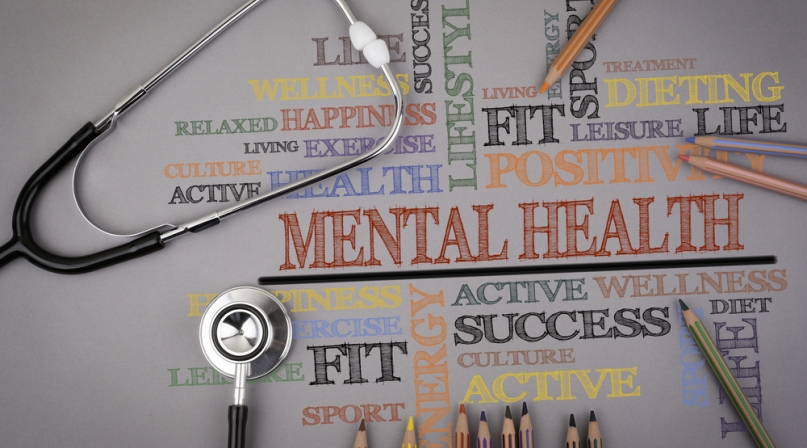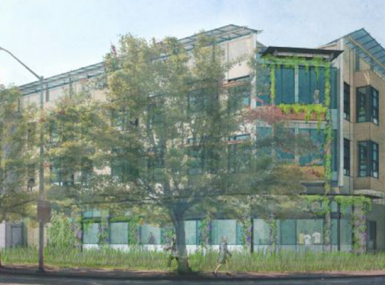House takes its first step in mental health reform
Upcoming Events
Related News

Helping Families in Mental Health Crisis Act strengthens federal parity requirements
On July 6, the House voted 422–2 to approve a long-stalled bill that attempts to overhaul the nation’s mental health system. Rep. Tim Murphy (R-Pa.), a clinical psychologist, has been working on the bill — Helping Families in Mental Health Crisis Act (H.R. 2646) — since the Newtown, Conn. shooting in December 2012.
The overwhelming bipartisan support for this bill comes after intense negotiations and multiple iterations leading to a much scaled-back product
Learn More
In a letter to House leadership, NACo supported H.R. 2646 but reiterated that it is just a “first step in mental health reform.” The budget-neutral measure creates a new assistant secretary position at the Department of Health and Human Services (HHS) to focus exclusively on mental health and substance abuse issues. It authorizes grant programs for community mental health centers and reauthorizes existing programs at the Substance Abuse and Mental Health Services Administration (SAMHSA), including the Community Mental Health Services and Substance Abuse Prevention and Treatment Block Grants.
H.R. 2646 does not make significant changes to the Health Insurance and Portability and Accountability Act (HIPAA), but directs HHS to issue rules to clarify what information is allowed to be shared with family and caregivers under the existing law. The bill also adds requirements to strengthen federal parity law that requires insurers to cover mental health care in the same way they cover physical illnesses.
It also allows for billing of health, mental health and substance abuse services provided on the same day in the same facility. Currently, Medicaid restricts same-day billing. Consequently, patients need to schedule appointments over different days. This prohibition poses a significant barrier for agencies wanting to integrate behavioral health into the primary-care environment.
Notably this slimmed-down bipartisan bill does not include any new funding for mental health services, as that would have to come through the appropriations process. A provision that would have eased the Medicaid Institutions for Mental Diseases (IMD) exclusion, a 50-year-old policy that prevents Medicaid from covering mental health and residential care in facilities with more than 16 beds, was greatly scaled back. H.R. 2646 instead codifies a new regulation that applies only to Medicaid managed-care systems and covers stays in IMD facilities if they are less than 15 days.
The Senate has a parallel, bipartisan bill, the Mental Health Reform Act of 2016 (S. 2680), sponsored by Sens. Chris Murphy (D-Conn.) and Bill Cassidy (R-La.), which passed out of the Health, Education, Labor & Pensions (HELP) Committee in March.
At the time, Senate leadership indicated it would get a floor vote in September. It has faced an obstacle over gun politics, and Sen. John Cornyn (R-Texas) wants to combine a bill addressing involvement of law enforcement in mental health. However, the strong bipartisan showing of support in the House for H.R. 2646 could further encourage Senate leadership to take up S. 2680 on the floor and conference with the House so a bill can be signed into law by the president.
Counties are at the forefront of assisting individuals with behavioral health needs, annually investing $83 billion in community health systems, including behavioral health services. Through 750 behavioral health authorities and community providers, county governments plan and operate community-based services for people with mental illnesses and substance abuse conditions.
County-based behavioral health services exist in 23 states that collectively represent 75 percent of the U.S. population. Counties also help to finance Medicaid, the largest source of funding for behavioral health services in the U.S., and serve as the local safety net, administering wrap-around human services support.
These services are critical, as one in five adults in the U.S. experiences a mental illness, with less than half receiving treatment in the past year. One in 10 experience a substance use disorder, with only approximately 10 percent receiving treatment in the past year. An estimated 8.5 million adults in the U.S. have both a mental health and substance abuse disorder.

Attachments
Related News

NACo submits comments on proposed rules regarding new foster care requirements and strengthening TANF
On November 27 and December 1, NACo submitted comments on two Notices of Proposed Rulemaking from the U.S. Department of Health and Human Services Administration for Children and Families that would impact county administration of federal child welfare and anti-poverty programs.

Sonoma County creates solutions to homeless crisis
Wildfire devastation and the COVID-19 pandemic contributed to a homelessness crisis in Sonoma County, Calif., prompting the county to create more comprehensive housing offerings to better meet the needs of its most vulnerable populations.
